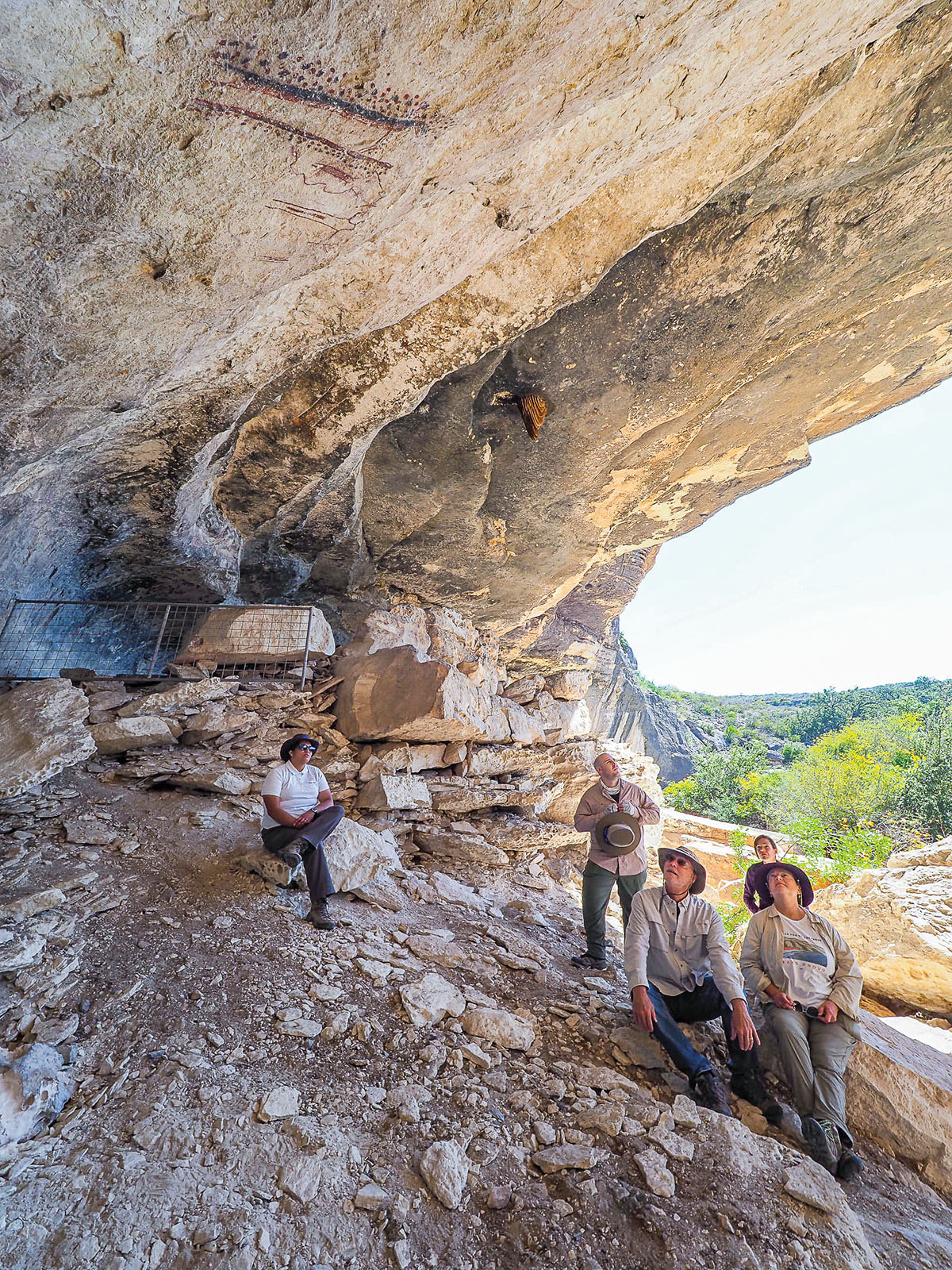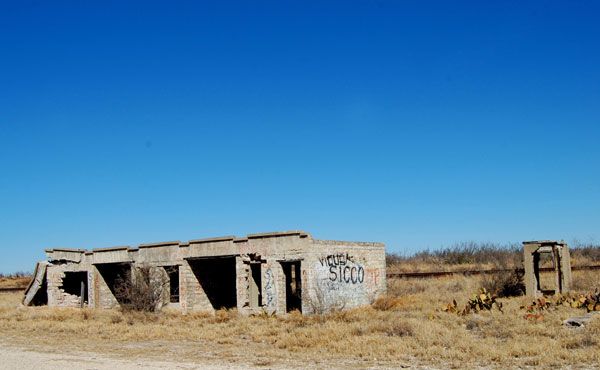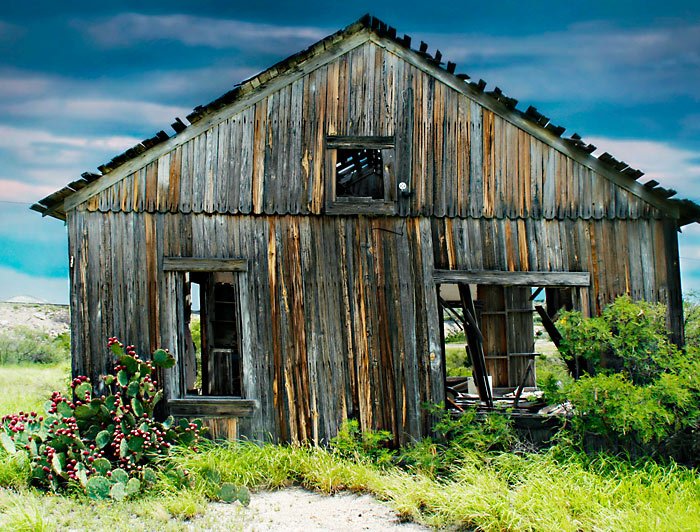
Shumla, Texas: Where Ancient Spirits Whisper in a Rugged Land
Deep in the rugged, sun-baked canyons of Southwest Texas, where the Pecos River carves its ancient path towards the Rio Grande, lies a place that defies easy definition: Shumla. It’s not a bustling town, nor even a sleepy village with a single stoplight. Shumla, Texas, is less a dot on a modern map and more a profound gateway to an unimaginably distant past, a sprawling outdoor museum where the very rocks whisper stories of human existence stretching back thousands of years. It is a land of stark beauty and formidable challenges, where the silence is broken only by the wind, the rush of the river, and the occasional cry of a hawk circling overhead – a silence that has allowed an unparalleled archive of human history to endure.
For those who venture into this remote corner of Val Verde County, near the convergence of the Pecos and Devil’s Rivers and the vast expanse of Amistad National Recreation Area, Shumla offers a glimpse into a world millennia removed from our own. Here, etched into the limestone overhangs and hidden within shallow caves, are some of the most spectacular and enigmatic examples of prehistoric rock art in North America. These aren’t mere doodles; they are sophisticated, intricate murals, painted with mineral pigments, depicting a complex spiritual and social world that flourished long before the pyramids of Egypt were built, or the first European set foot on this continent.
The "town" of Shumla itself is largely a ghost of its former self, a testament to the ephemeral nature of human settlements in such a harsh landscape. Its name harks back to the early 20th century, when a railroad siding and a short-lived post office briefly brought a flicker of modern activity to the area. From 1930 to 1944, a post office bearing the name Shumla served the scattered ranchers and railroad workers who eked out a living in this isolated territory. But the true significance of Shumla transcends these fleeting markers of civilization. It is the land itself, and the stories it holds, that command attention.

The heart of Shumla’s allure lies in its designation as the epicenter of the Lower Pecos Canyonlands Archaeological District. This region is home to thousands of rock art sites, many of which display the distinctive "Pecos River Style" pictographs. These murals, dating back as far as 4,000 years, primarily depict anthropomorphic figures – part human, part animal – often interpreted by archaeologists as shamans or spiritual intermediaries. They are frequently adorned with elaborate headdresses, intricate patterns, and hold various implements, suggesting ritualistic practices, vision quests, and profound connections to the natural and supernatural worlds. The pigments, derived from natural minerals like hematite for reds, charcoal for blacks, and limonite for yellows, have defied the elements for millennia, a testament to the skill and enduring intent of their creators.
The Shumla Archeological Research & Education Center, a non-profit organization based in nearby Comstock, stands as the modern guardian and interpreter of this ancient legacy. Their mission is critical: to research, document, and preserve the rock art and archaeological sites of the Lower Pecos Canyonlands for future generations. Without their dedicated efforts, much of this irreplaceable heritage could be lost to the ravages of time, erosion, and human impact.
"This isn’t just art; it’s an unparalleled library of human experience, a profound record of belief systems and societal structures that existed here for thousands of years," emphasizes Dr. Sarah Chen, Executive Director of the Shumla Archeological Research & Education Center. "The Pecos River Style is unique globally. It provides direct insight into the spiritual and intellectual lives of early hunter-gatherers, offering perspectives we simply can’t get from artifacts alone."
One of the most remarkable aspects of the Pecos River Style is its narrative complexity. Unlike simpler petroglyphs found elsewhere, these pictographs often form elaborate compositions, covering entire rock shelters. Researchers like Dr. Mark Jensen, a lead archaeologist with Shumla Center, spend years meticulously documenting these panels. "Each panel is a story, a complex tapestry of beliefs, rituals, and daily life woven into the very fabric of the landscape," Dr. Jensen explains. "We see figures interacting, sometimes in what appear to be ceremonial dances, other times in scenes that might depict hunting or gathering. The sheer scale and detail are breathtaking, and the continuity of themes over thousands of years suggests a deeply ingrained cultural tradition."
The figures themselves are often characterized by their broad shoulders, tapering bodies, and lack of distinct facial features, allowing for universal interpretation or perhaps reflecting a non-human, spiritual essence. Many are depicted with elongated ears, horns, or feathers, reinforcing their shamanic identity. Animals like deer, birds, and even mythological creatures are also present, often integrated into the human figures or depicted as spirit companions. The landscape itself, with its deep canyons, meandering rivers, and abundant flora and fauna, was not just a backdrop but an integral part of their cosmology, providing sustenance and spiritual meaning.
Preserving these ancient masterpieces is an immense challenge. The fragile pigments, exposed for millennia to the elements – scorching sun, driving rain, and strong winds – are constantly at risk. Dust accumulation, insect nests, and the natural flaking of the limestone are ongoing threats. Moreover, the remoteness that has protected these sites for so long also makes them difficult to monitor and protect from potential vandalism or unintentional damage by visitors. The Shumla Center employs cutting-edge technologies, including 3D scanning and high-resolution photography, to create digital archives of the art, ensuring that even if the physical paintings degrade, their images and stories will endure. They also work tirelessly to educate the public and local landowners about the importance of these sites and the best practices for their conservation.
To stand before these ancient murals is to feel the weight of millennia. The silence of the canyons amplifies the sense of wonder, making it easy to imagine the artists themselves, perhaps shamans in a trance, painstakingly applying pigment to rock by the flickering light of a fire. It’s a profoundly spiritual experience, connecting the observer directly to the minds and hearts of people who lived in a world utterly different from our own, yet who shared fundamental human experiences of awe, fear, and the search for meaning.
Shumla offers a profound glimpse into the human capacity for meaning-making, for creating art not just as decoration, but as a vital component of spiritual and social life. The hunter-gatherer societies of the Lower Pecos were incredibly adaptable, thriving in a challenging environment for thousands of years. Their rock art provides invaluable clues about their understanding of the cosmos, their rituals for healing and abundance, and their complex social structures. It challenges modern perceptions of "primitive" societies, revealing an intellectual and artistic sophistication that rivals many later civilizations.

Beyond its archaeological significance, Shumla embodies the raw, untamed beauty of the Texas borderlands. The Pecos River, with its deep emerald waters, snakes through canyons that plunge hundreds of feet, revealing layers of geological history. Wildlife abounds, from white-tailed deer and javelina to a myriad of bird species. The air is often scented with creosote bush and mesquite, and the sunsets paint the sky in hues of orange, purple, and crimson, reflecting off the canyon walls. It is a landscape that demands respect, and in return, offers unparalleled serenity and a deep connection to the natural world.
In a rapidly changing world, where ancient places are often threatened by development or neglect, Shumla, Texas, remains a beacon of preservation and discovery. It is a testament to the enduring power of human creativity and the profound importance of understanding our shared past. The whispers of ancient spirits, etched in red and black on the canyon walls, continue to tell their stories, inviting us to listen, to learn, and to protect this irreplaceable legacy for all who will come after us. Shumla is not just a place on a map; it is a timeless portal, a rugged monument to the human spirit’s eternal quest for meaning in a vast and mysterious world.


